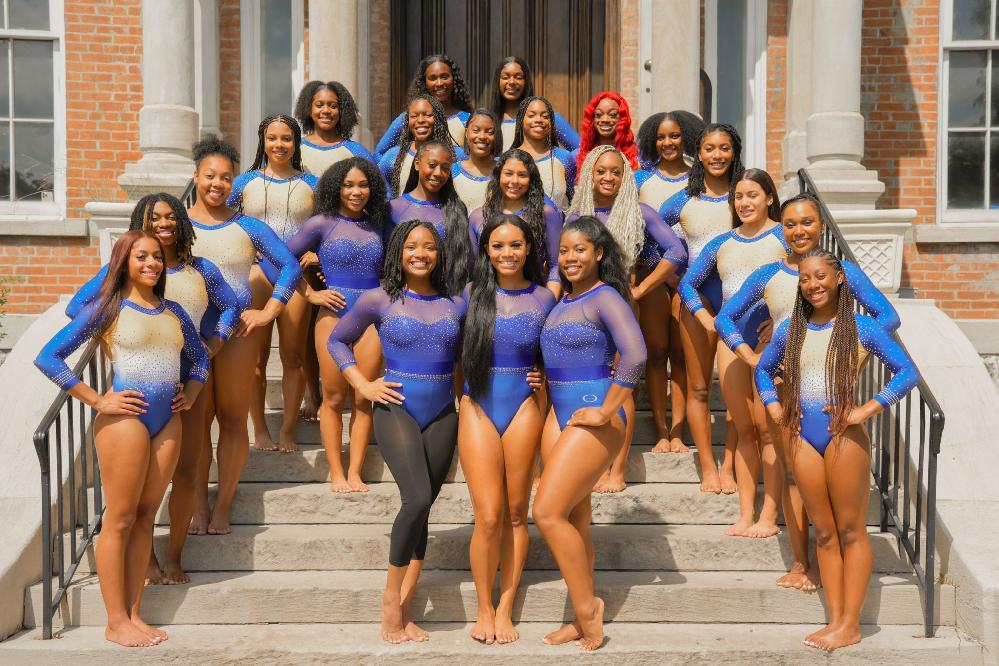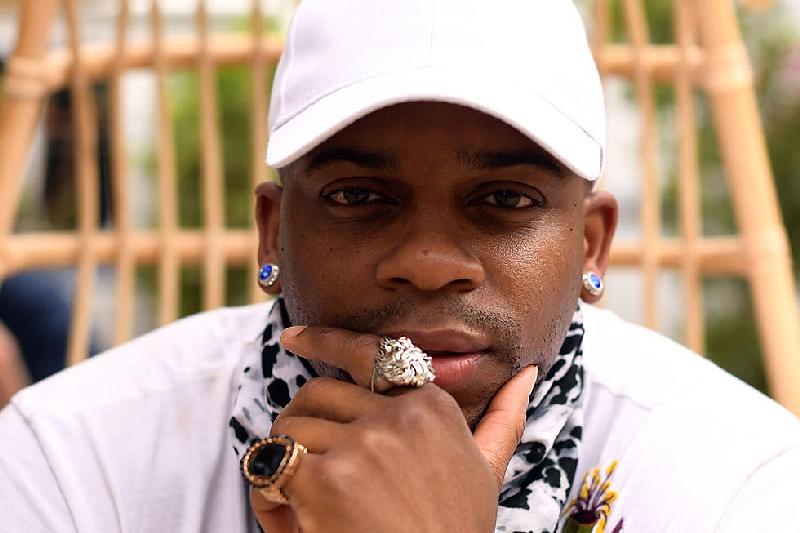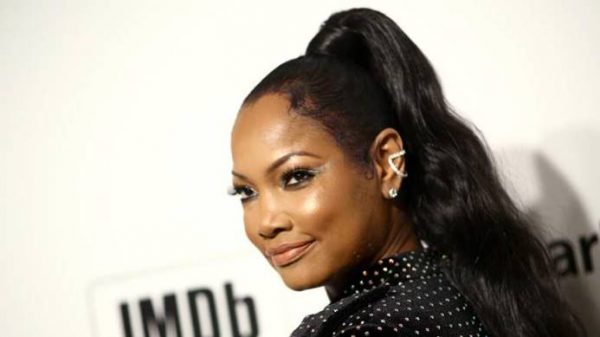(CNN) — Naimah Muhammad was first introduced to gymnastics at the age of nine when her parents signed her up for a community gym in Rochester, New York.
Muhammad said she became passionate about the sport, competing locally and statewide with other gymnasts. But over the years, Muhammad said one thing consistently stood out with every team and competition: she was one of the few Black girls participating.
“It was hard,” she said. “I always looked up to the older girls who were doing gymnastics but there weren’t a lot of older girls wo looked like me.”
Muhammad said she was inspired to keep competing after watching Gabby Douglas become the first Black gymnast to win the Olympic gold individual all-around title during the 2012 London Olympics.

Now, Muhammad is a gymnast at Fisk University – the first historically Black college to have an NCAA gymnastics team.
“I went from being on a team with one Black girl to a team with a bunch of girls who look like me,” Muhammad said.
The Fisk team is currently made up of 24 gymnasts from all over the country and led by coach Corrinne Tarver, a former University of Georgia gymnast. At UGA, Tarver became the first Black gymnast to win an NCAA all-around championship.
But despite making gymnastics history herself as a college athlete, Tarver said she had never considered creating an HBCU team before Fisk hired her for the coaching job in 2022. She said gymnastics is largely viewed in the Black community as a predominately White sport.
“It was an opportunity to do something that hadn’t been done before,” Tarver said.

And that was how she sold the idea to the 15 girls she recruited for the team’s inaugural season.
“I asked them all, “Do you want to be a part of history?” Tarver said. “I think that was enticing. There were only two people I talked to that didn’t come to Fisk.”
The evolution of Black gymnasts
In the last two decades, gymnastics has gained popularity among many young Black women because Black Olympic gymnasts, such as Douglas and Simone Biles, have broken barriers.
Biles, a two-time Olympian with seven Olympic medals, is the most decorated gymnast in history.
Douglas won the all-around gold medal during the 2012 London Olympics and also took home team gold medals in both the London and Rio Olympics.
Wendy Hilliard, founder and CEO of the Wendy Hilliard Gymnastics Foundation, said the sport is becoming “more diverse because of these icons.”
“Having a role model is key for the interest,” Hilliard said.
Hilliard is one of the Black female gymnasts who paved the way for their success. In 1979, she broke the racial barrier by becoming the first Black athlete to represent the US on an international level in rhythmic gymnastics.
Then, in 1996, Dominique Dawes became the first Black female gymnast to win an individual Olympic medal.
But making history can come at a cost. Hilliard told CNN she faced racism, recalling that she wasn’t picked for one team because a coach told her she would “stand out” as a Black gymnast.
“To be judged for that is just not fair,” Hilliard said. “It wasn’t easy for me.”
Hilliard said she doesn’t see as much discrimination today, but equal access to the sport in Black and brown communities remains an issue.
Most gymnastics programs are in suburban neighborhoods, Hilliard said, making it hard for young Black women living closer to the center of the city to participate. High costs are also an issue.
Some gyms charge up to $1,000 a month for high-level training in gymnastics, Tarver said.
That’s why Hilliard said she created her foundation to offer free and low-cost gymnastics classes for girls and boys in Harlem and Detroit. The participants have gone on to win both national and international championships, she said.
While Biles and Douglas’ triumphs on the Olympic stage have inspired many, athletes and coaches say there is still more work to be done to make gymnastics more inclusive at the collegiate and community level.
In 2020, Black women made up roughly 9% of student-athletes in NCAA Division I women’s gymnastics programs, up from 7% in 2012, according to the NCAA demographics database.
But Tarver said there are still NCAA teams that are all-White or only have one Black gymnast.
“Is it better than it was? Yes,” Tarver said. “Are we moving at a rate that we should be? That’s debatable.”
Muhammad said at times she struggled to be the lone person of color in a majority White space and felt insecure as a young gymnast because she had a different hair texture than her White teammates. Her White teammates also had different interests, such as going to the tanning salon together, she said.
But at Fisk, Muhammad said she now feels more confident on a team with other Black gymnasts.
“I’m on a team with girls who know how to retwist my locs and style them,” Muhammad said.
“But it’s not like that everywhere. There are still teams that are all White. And that still has to be changed.”
MORE NEWS ON EURWEB: Fisk Gymnastics Team Gets Another First: The Journal of Steffanie Rivers | WATCH
The-CNN-Wire
™ & © 2024 Cable News Network, Inc., a Warner Bros. Discovery Company. All rights reserved.
We Publish News 24/7. Don’t Miss A Story. Click HERE to SUBSCRIBE to Our Newsletter Now!






